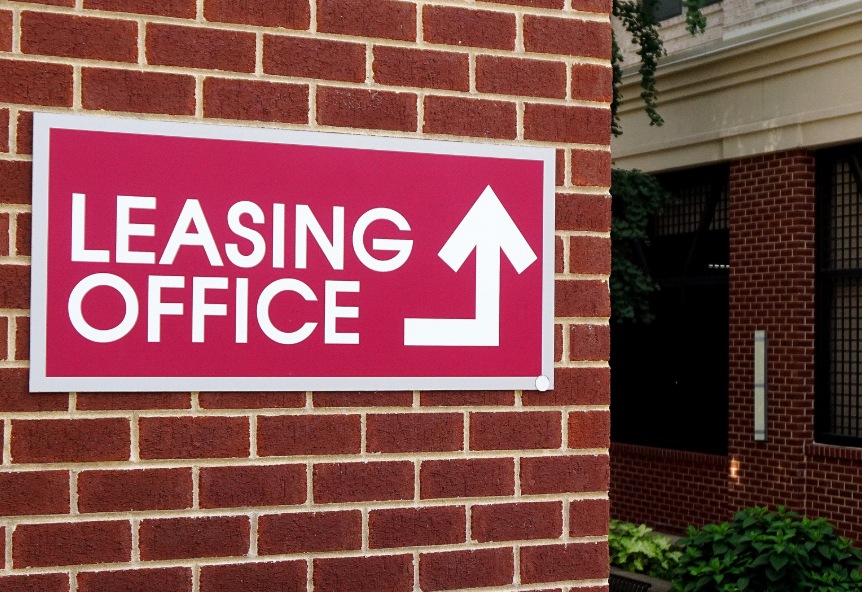Overview of the Office Space Leasing Market
The office space leasing market has experienced significant fluctuations in recent years, primarily due to the impacts of the COVID-19 pandemic. Remote working arrangements and changes in corporate strategies regarding office space utilization have led many businesses to reassess their real estate needs. However, as conditions improve and companies adapt to a post-pandemic environment, there are emerging signs of recovery in certain markets, with an uptick in leasing activity.
Current Trends in Office Leasing Activity
As businesses begin to return to in-person operations or adopt hybrid work models that require a reconfiguration of space, the market is witnessing a notable increase in the number of leases being executed. Some urban centers that experienced stark declines in demand are now reporting a revitalization in interest, with both new tenants seeking space and existing tenants deciding to renew their leases. This trend indicates a cautious but positive shift in the outlook for the office leasing sector.
Factors Influencing Leasing Decisions
Several factors are driving this resurgence in leasing activity. Firstly, many companies are looking to create collaborative environments that encourage employee interaction after long periods of remote work. Businesses are emphasizing the importance of maintaining a physical presence as a means of sustaining company culture and enhancing employee engagement. Additionally, the flexibility afforded by shorter lease terms and coworking arrangements is appealing to businesses that are still navigating uncertainty.
Regional Variations in Leasing Recovery
The recovery in office leasing activity is not uniform across all markets. Some cities, particularly those with established business districts and robust infrastructure, are seeing quicker rebounds compared to others. Major metropolitan areas tend to benefit from a higher concentration of businesses and talent, leading to increased leasing interest. In contrast, secondary markets may lag behind as companies remain cautious about committing to long-term leases in areas with less demand. Tracking regional dynamics can provide insights into where opportunities for office leasing are most promising.
Impact of Remote Work on Office Space Configurations
As organizations adapt to the realities of remote work, their approach to office space configuration is evolving. Many companies are opting for flexible layouts that can be easily modified to accommodate variable workforces. This could involve designing shared spaces, meeting rooms, and collaborative zones that foster teamwork while reducing the need for individual desks. The trend towards hybrid work models is prompting landlords and property managers to rethink traditional office designs to better meet the needs of modern businesses.
Landlord Strategies for Attracting Tenants
In response to the shifting demands of tenants, many landlords are adopting proactive strategies to attract and retain occupants. These strategies may include offering incentives such as reduced rent, flexible lease terms, and improvements to amenities. Additionally, landlords are investing in building enhancements that prioritize health and wellness, such as upgraded air filtration systems, increased access to natural light, and amenities that promote social interaction. These efforts aim to create a more appealing environment for prospective tenants in a competitive market.
Future Outlook for the Office Leasing Market
Looking ahead, the office leasing market is expected to continue its recovery, albeit with caution. Businesses will continue to seek out spaces that reflect their evolving needs, often gravitating towards innovative environments that support their operational strategies. As trends such as remote work and flexible leases persist, the emphasis on adaptability in office space design will become increasingly important. Industry experts are optimistic that the evolution of the office environment will lead to long-term benefits, fostering workspace designs that are more conducive to collaboration and productivity.
Conclusion
The signs of recovery in office space leasing activity are encouraging for both landlords and tenants alike. As businesses navigate the complexities of post-pandemic operations, the demand for office space is evolving in response to changing workplace dynamics. Understanding the factors influencing leasing decisions and regional variations will be crucial for stakeholders in making informed choices moving forward. While challenges remain, the adaptability of the office leasing market suggests a resilient path toward recovery.
FAQs
What factors are driving the recovery of office space leasing activity?
The recovery is influenced by businesses transitioning back to in-person work, the adoption of hybrid models, and the desire for collaborative spaces that enhance company culture.
Are all regions experiencing the same level of recovery in office leasing?
No, the recovery varies by region. Major metropolitan areas are generally rebounding more quickly compared to secondary markets.
How are landlords adapting to the changing demands of tenants?
Landlords are offering incentives, flexible lease terms, and improving building amenities to attract tenants and meet their evolving needs.
What types of office configurations are becoming popular?
Flexible layouts that include shared spaces and collaborative zones are gaining popularity as businesses adapt to hybrid work models.
What is the long-term outlook for the office leasing market?
The long-term outlook suggests continued recovery with an emphasis on adaptable, innovative office environments that support collaboration and productivity.

